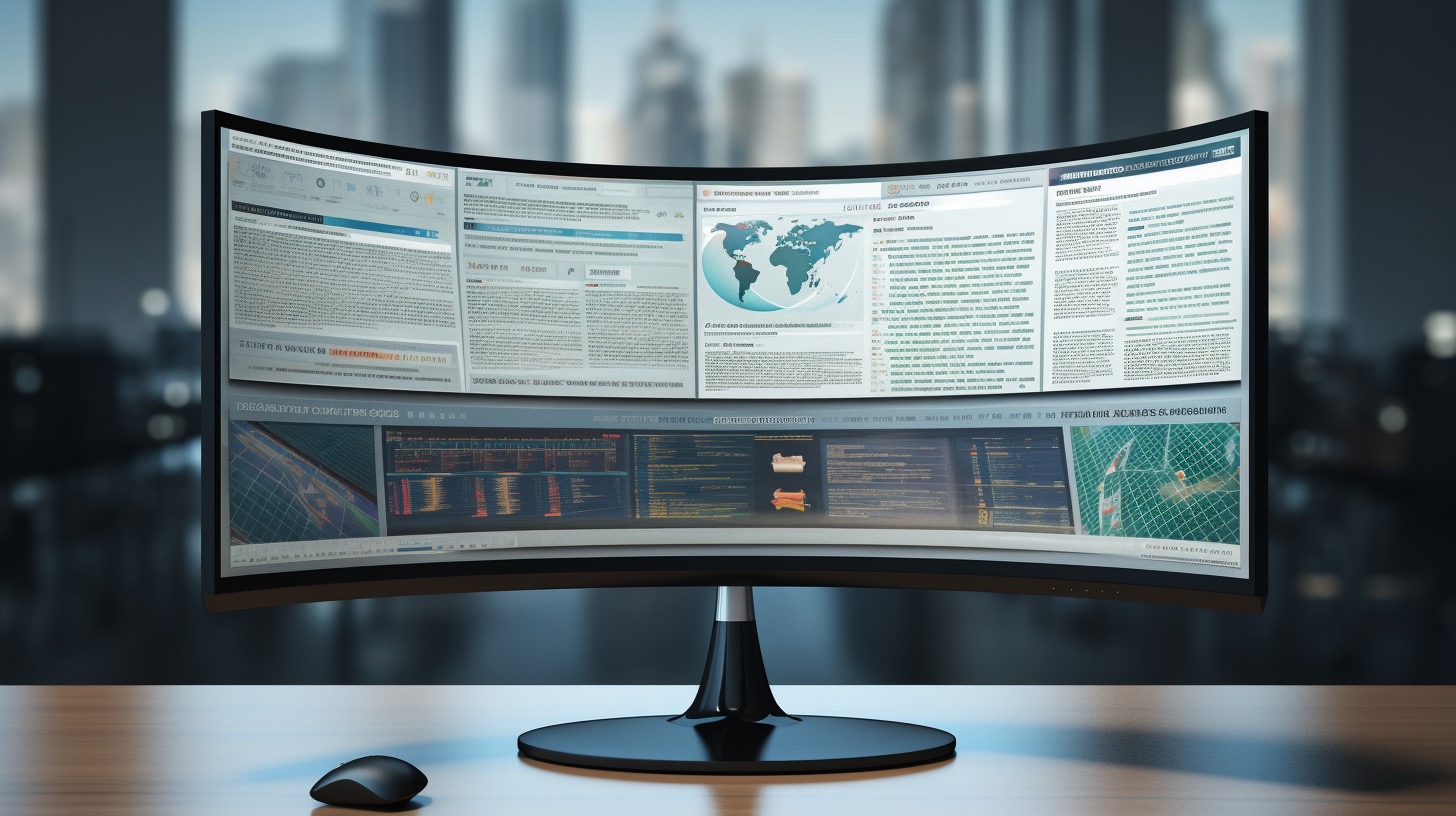A pioneering mobile application capable of diagnosing depression has been developed by the Faculty of Medicine at The Chinese University of Hong Kong (CUHK). This sophisticated app utilizes a multi-modal data approach, combining facial expressions, voice patterns, text analysis, and even daily activity rhythms tracked by a wrist-worn device, all processed through an artificial intelligence system for accurate assessment.
Published results in the international journal ‘Translational Psychiatry’ confirm the effectiveness of this technology in evaluating depressive disorders. The head of the Department of Psychiatry at CUHK Medical Faculty and Professor of Psychiatry Honorary Rong Runguo elaborated that depression is a complex condition, characterized not just by sadness but by a series of physical, cognitive, emotional, linguistic, and routine changes. Consequently, the use of electronic methods to measure and analyze multi-modal data may set the pace for a new generation of assessment and monitoring tools for depression.
Assistant Professor Lee Man Ho of the same department highlighted plans to utilize the findings for establishing an artificial intelligence system specifically designed for screening and monitoring Chinese-speaking patients with depression. As the demand for mental health services rises, so does the need for efficient diagnostic and monitoring tools. Implementing such a system could significantly ease the burden on healthcare professionals, necessitated by the commonality of depression as a mental health concern.
The innovative app developed by CUHK promises to offer an advanced method for the detection and monitoring of depression, leveraging AI to evaluate various indicators of the disorder. As the topic involves mental health and technology, there are several important aspects to consider, including questions of accuracy, privacy, and ethical implications.
Key Questions:
– How does the AI predict depression with high accuracy using multi-modal data?
– What types of data privacy concerns arise with the collection of sensitive personal data?
– Will this app be accessible to people across different economic backgrounds?
– How could such a technology change the approach to mental health services?
Answers:
The app likely uses algorithms trained on datasets that include facial expressions, voice patterns, text analysis, and physical activity rhythms to make predictions. The high accuracy stems from the combination and cross-referencing of these data points, which can uncover patterns not immediately obvious to human healthcare providers.
Data privacy is a key concern here due to the handling of sensitive personal information. To address such concerns, the developers would need to ensure strong encryption methods, secure data storage solutions, and clear policies outlining who has access to the data.
The question of accessibility is multifaceted—it depends on whether the app is freely available, requires payment, and if the necessary hardware (like the wrist-worn device) is affordable.
Implementing this technology can revolutionize mental health services by providing quicker diagnosis, enabling remote monitoring, and freeing up healthcare professionals to focus on more critical tasks.
Key Challenges and Controversies:
Ensuring the app’s predictive accuracy across diverse populations, protecting users’ privacy, and overcoming potential biases in AI are some of the major challenges. Some may also argue that relying too much on technology could reduce the quality of patient-clinician interactions.
Advantages:
– Quick and efficient depression screening.
– Continuous monitoring of patients to track treatment progress.
– Reduction in the workload of healthcare professionals.
– Potential to reach underserved populations.
Disadvantages:
– Potential privacy risks due to sensitive data handling.
– Ethical concerns about the over-reliance on technology in healthcare.
– Possible discrepancies in AI’s diagnostic ability across different ethnicities and cultures.
– Dependence on electronic devices which may not be accessible to all.
The source of the article is from the blog anexartiti.gr
